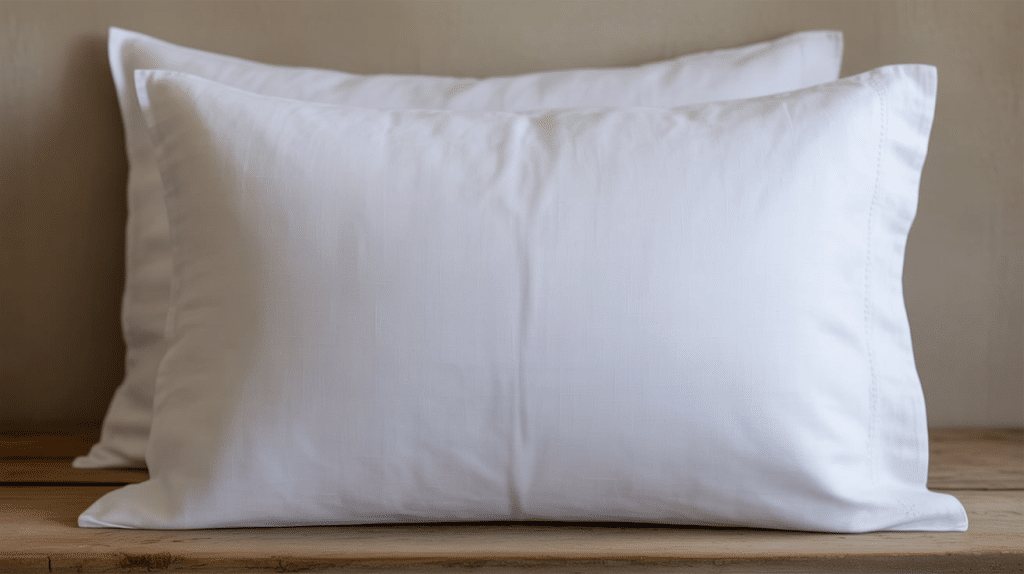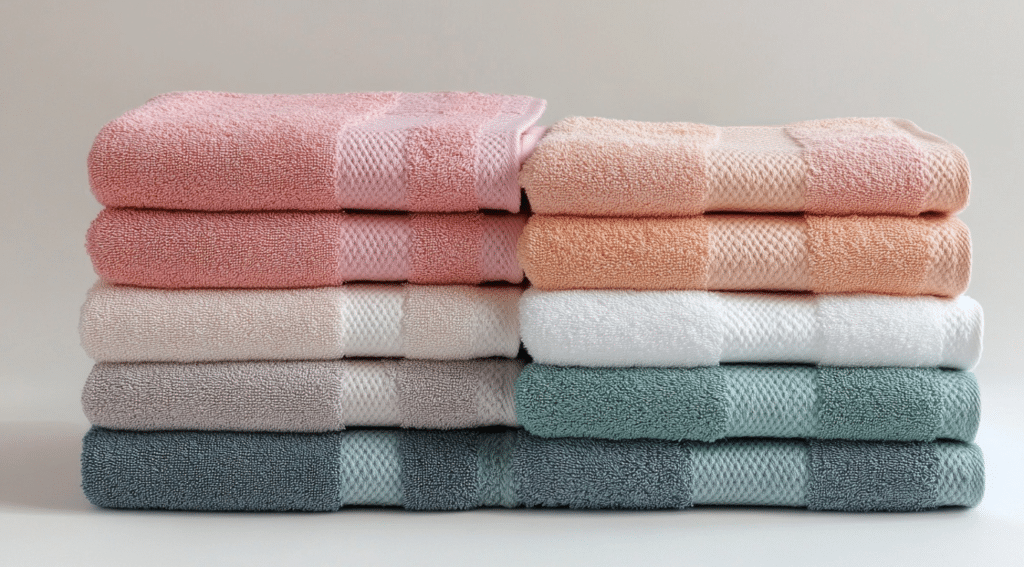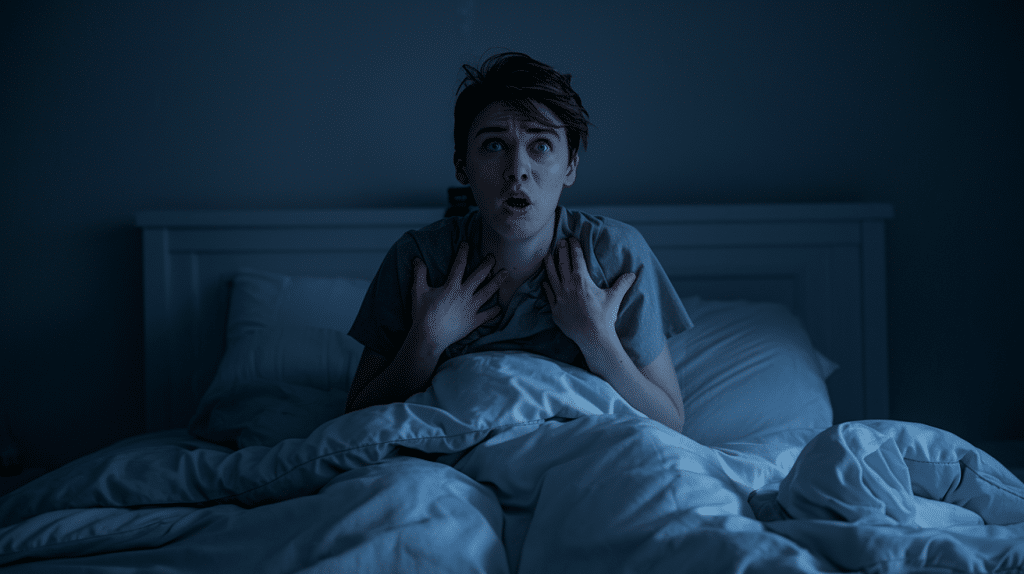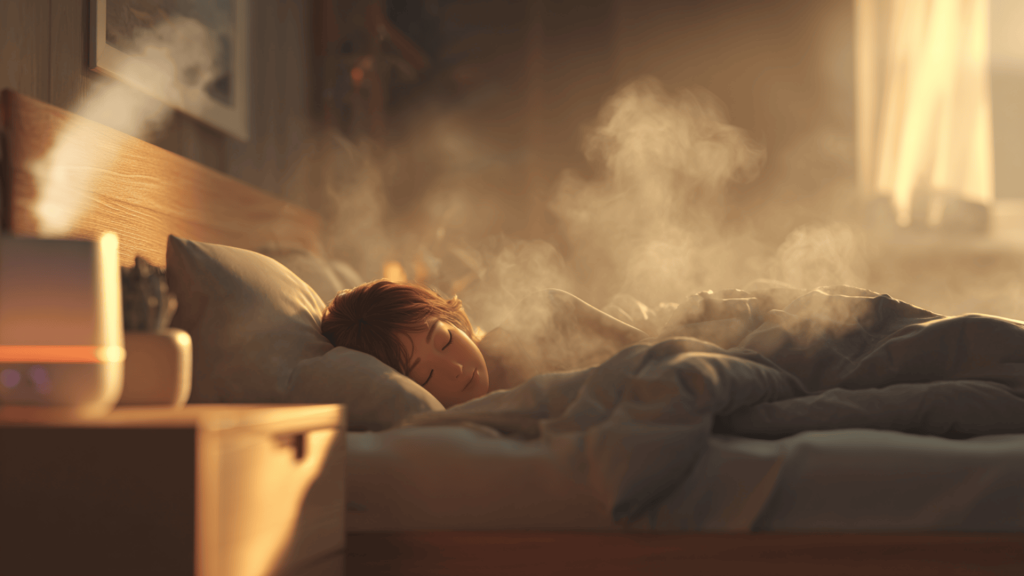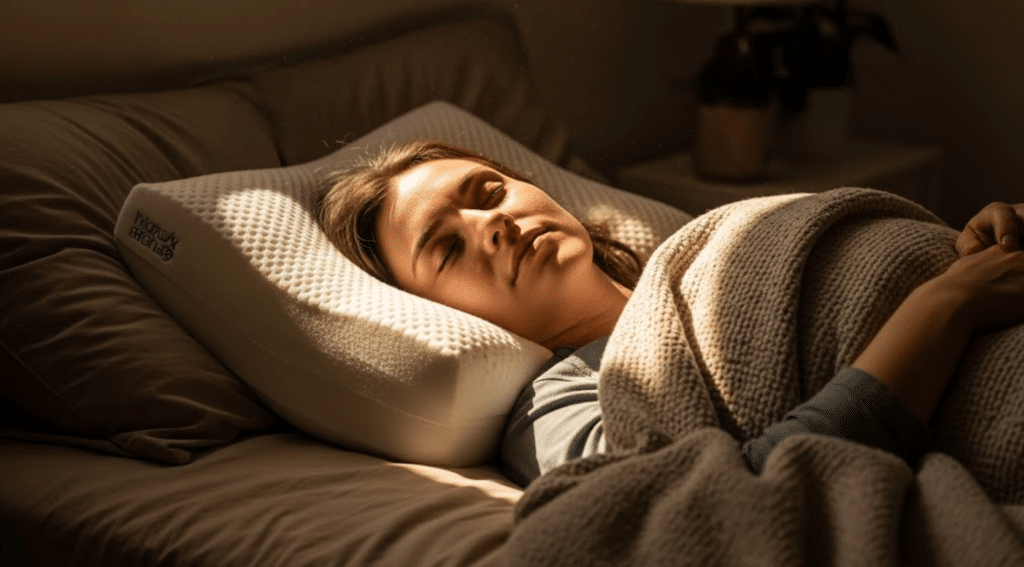Finding the right pillowcase size matters more than most people realize. If your pillowcase is too tight, it can feel uncomfortable and wear out quickly. Too loose, and it looks messy on your bed.
Many folks think a “standard” pillowcase fits everything, but the truth is it doesn’t always.
Different brands and countries have slight variations in size, which can be confusing when you’re shopping or organizing your bedding.
In this guide, I’ll walk you through the actual standard pillowcase size and explain how it compares to other common sizes.
You’ll also learn about popular materials, how to choose the best fit for your pillow, and where to shop for good options without second-guessing your decision.
What is the Standard Pillowcase Size?
A standard pillowcase measures 20 x 30 inches (51 x 76 centimeters). This size fits both standard pillows and most queen pillows comfortably.
The standard size is the most common option you’ll find in stores. It works well for twin, twin XL, full, and queen beds.
Some brands may vary by an inch or two. International brands might use slightly different measurements. Always check the product details before buying.
Standard Pillowcase Sizes Chart
Here’s how standard pillowcases compare to other common sizes:
| Size | Dimensions (inches) | Dimensions (cm) | Best For |
|---|---|---|---|
| Standard | 20 x 30 | 51 x 76 | Standard and Queen pillows |
| Queen | 20 x 32 | 51 x 81 | Queen pillows |
| King | 20 x 36 | 51 x 91 | King pillows |
| Body Pillow | 20 x 54 | 51 x 137 | Body and pregnancy pillows |
Standard pillowcases offer the best value because they fit multiple pillow types. Queen cases give you a bit more room. King cases are only needed for oversized pillows.
Will It Fit Your Pillow or Bed?
A queen pillow can fit in a standard case. The case will be slightly tighter, but it won’t damage the pillow or affect your sleep. Look at this table below to get an idea:
| Category | Details |
|---|---|
| Pillow Compatibility | |
| Standard Pillow (20×26″) | Perfect fit |
| Queen Pillow (20×30″) | Snug but comfortable |
| European Square Pillow | Too small for a standard pillowcase |
| Bed Size Recommendations | |
| Twin Bed | 1 standard pillowcase |
| Twin XL Bed | 1 standard pillowcase |
| Full Bed | 2 standard pillowcases |
| Queen Bed | 2 standard pillowcases |
| King Bed | 2 king pillowcases recommended (standard cases not ideal) |
Standard Pillowcase: Best Fabrics and Thread Counts
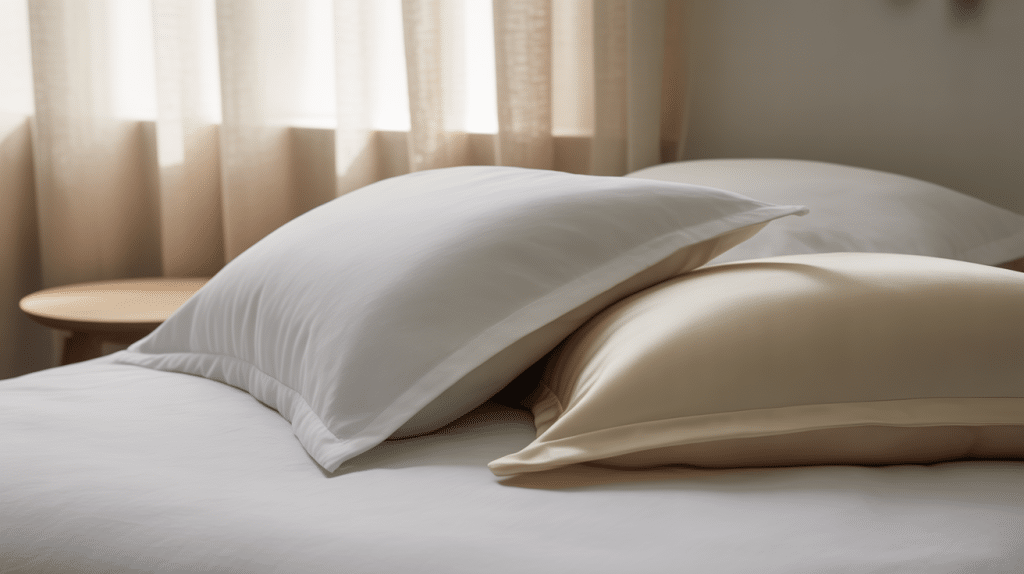
The fabric you choose affects comfort, durability, and care requirements.
Cotton: It is the most popular choice. It’s breathable, soft, and gets better with each wash. Percale cotton feels crisp and cool. Sateen cotton feels smooth and warm.
Microfiber: This costs less than cotton. It’s wrinkle-resistant and dries quickly. Some people find it less breathable than natural fibers.
Silk: It feels luxurious and helps prevent hair tangles. It’s naturally temperature-regulating but requires special care.
Flannel: It provides extra warmth for cold months. It’s soft and cozy, but it can feel too hot in summer.
Thread count: It measures how many threads fit in one square inch. Higher isn’t always better. For cotton, 200-400 thread count offers the best balance of softness and durability.
People with sensitive skin should choose hypoallergenic materials like bamboo or organic cotton. Hot sleepers benefit from breathable fabrics like percale cotton or linen.
Types of Pillowcases Explained
Not all pillowcases are the same. Here are the main styles you’ll encounter.
- Standard pillowcases: have an open end with a hem. They’re simple, affordable, and easy to wash.
- Housewife pillowcases: have a sewn-in border that keeps the pillow secure. They look neater but cost slightly more.
- Oxford pillowcases: feature a decorative border around the edges. They add style but aren’t necessary for everyday use.
- Envelope pillowcases: have an overlapping flap that holds the pillow in place. No pillow corners poke out.
- Zippered pillowcases: close completely around the pillow. They’re great for allergy protection, but can be noisy.
- Pillow shams: are decorative covers that go over regular pillowcases. They’re removed before sleeping.
For daily use, stick with standard or envelope styles. Save decorative options for guest rooms or special occasions.
Where to Buy Standard Pillowcases
Once you know the right size and material for your pillowcases, the next step is finding the right place to buy them.
You don’t have to spend hours searching; there are plenty of good options out there, both online and in stores. Here’s where you can start looking based on your budget and preferences.
Budget-friendly options
- Walmart: Basic cotton and microfiber sets
- Target: Good selection of colors and patterns
- Amazon: Huge variety with customer reviews
Mid-range choices
- Bed Bath & Beyond: Name brands and quality materials
- Macy’s: Designer options and sales events
- Pottery Barn: Stylish designs and durable fabrics
Premium selections
- Williams Sonoma: High-end materials and luxury feel
- Brooklinen: Direct-to-consumer quality
- Parachute: Organic and sustainable options
When shopping online, read customer reviews carefully. Look for comments about shrinking, fading, and actual size after washing. Check the return policy in case the size doesn’t match your pillows.
Filter results by material, thread count, and price range. This saves time and helps you compare similar products.
How to Care for Your Pillowcases
Keeping your pillowcases clean and in good shape is easier than you might think. With the right care, they’ll stay soft, fresh, and last longer.
Washing: Cotton works well in warm water with regular detergent. Microfiber needs cold water and a gentle cycle.
Silk should be hand-washed or placed in the machine on delicate with a gentle detergent. Flannel is best washed separately at first to help reduce pilling.
Drying: You can dry cotton and microfiber on medium heat. Silk should air dry away from direct sunlight. To avoid wrinkles, remove pillowcases while they’re still a bit damp.
Storage: Fold along the seams and store in a cool, dry spot away from sunlight. Rotating between sets helps reduce wear and keeps everything looking neat.
Wash your pillowcases every week or two to get rid of oils, dead skin, and allergens.
Conclusion
Now you’ve got a clear idea of what the standard pillowcase size is and why it matters. I’ve walked you through the measurements, materials, care tips, and everything else you might need to make a solid choice.
When you know what to look for, you’re less likely to end up with something that doesn’t fit or feel right.
It’s one of those small things that can actually make your sleep better and your space more comfortable.
If you’re still working on the rest of your bedding, I’ve got more blogs that can help, if it’s picking the right pillow, sheets, or mattress. Take a look around and find what works best for you.

